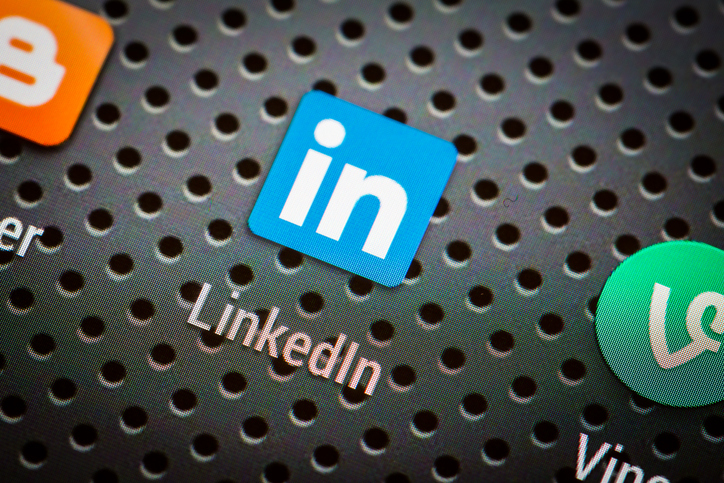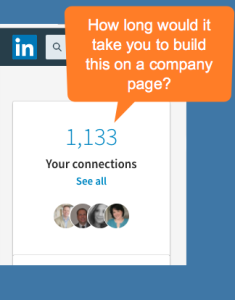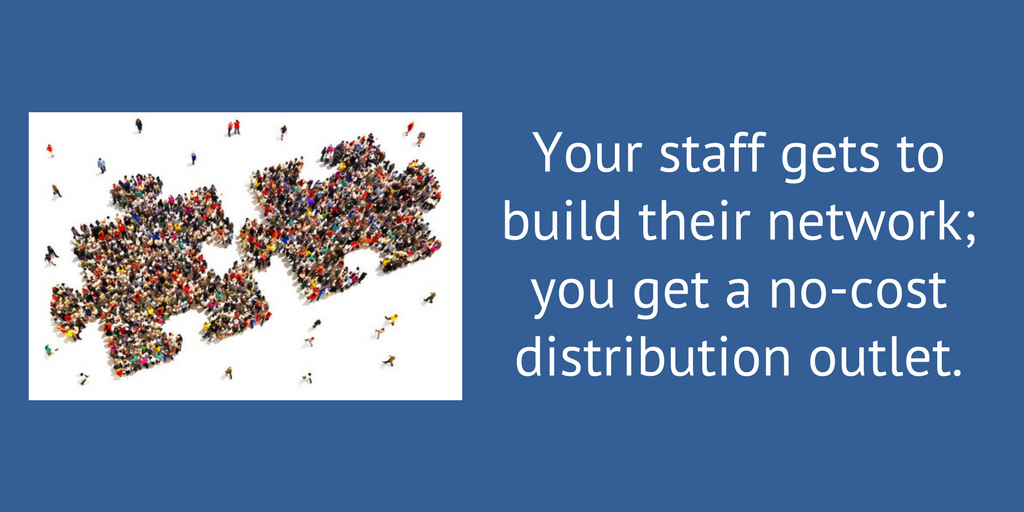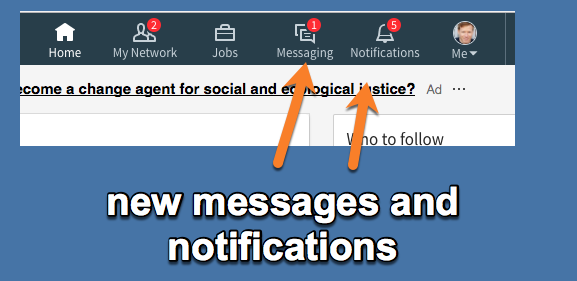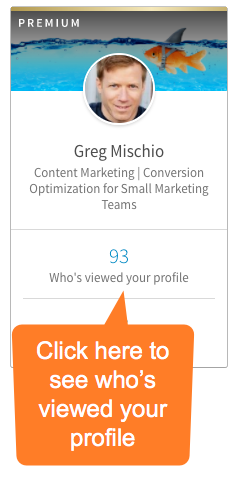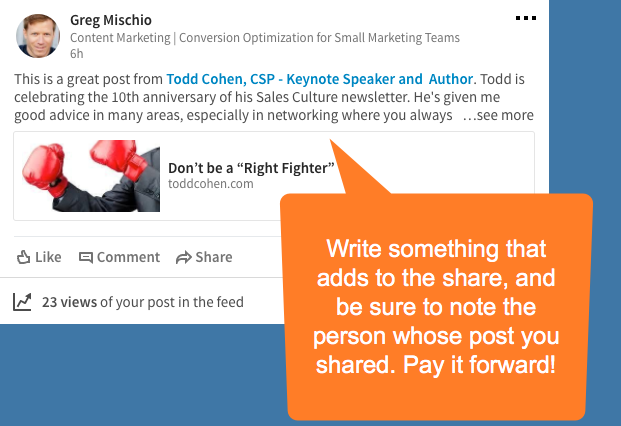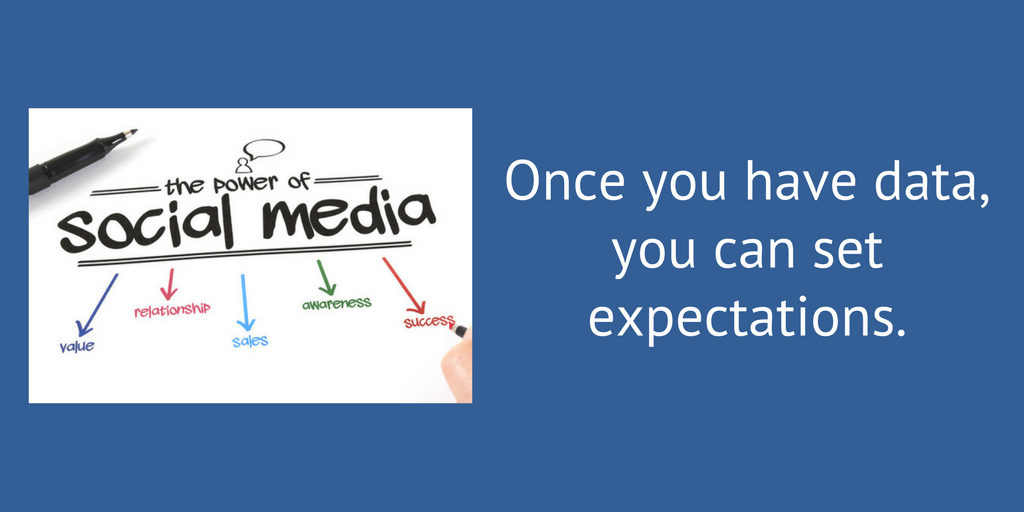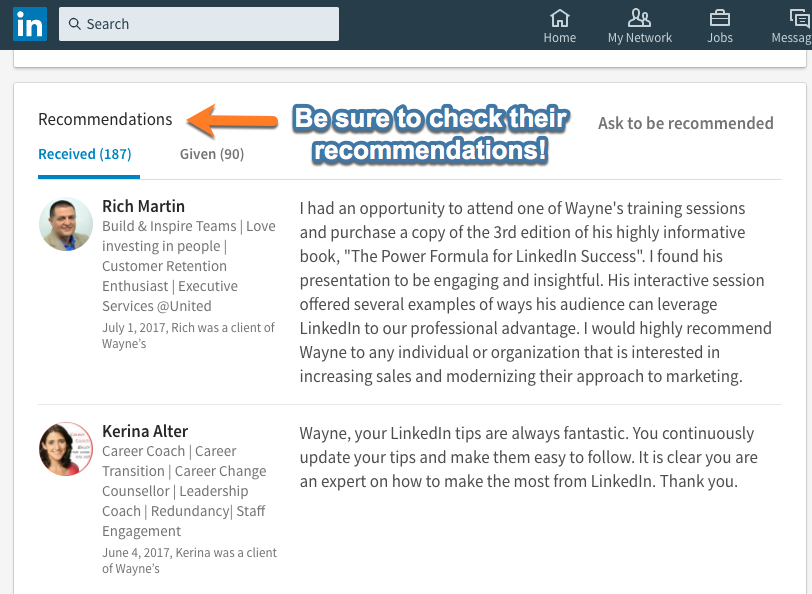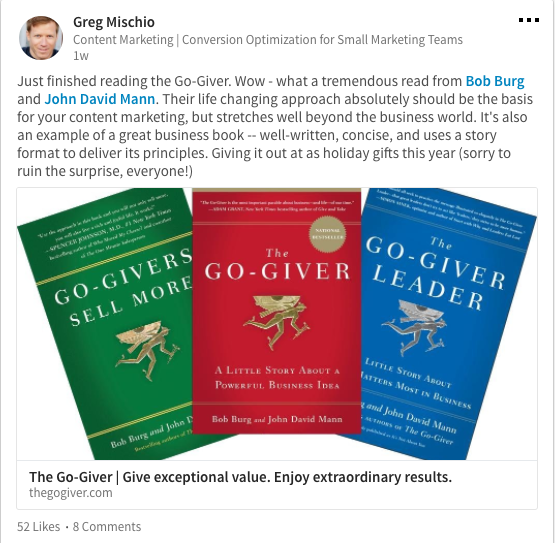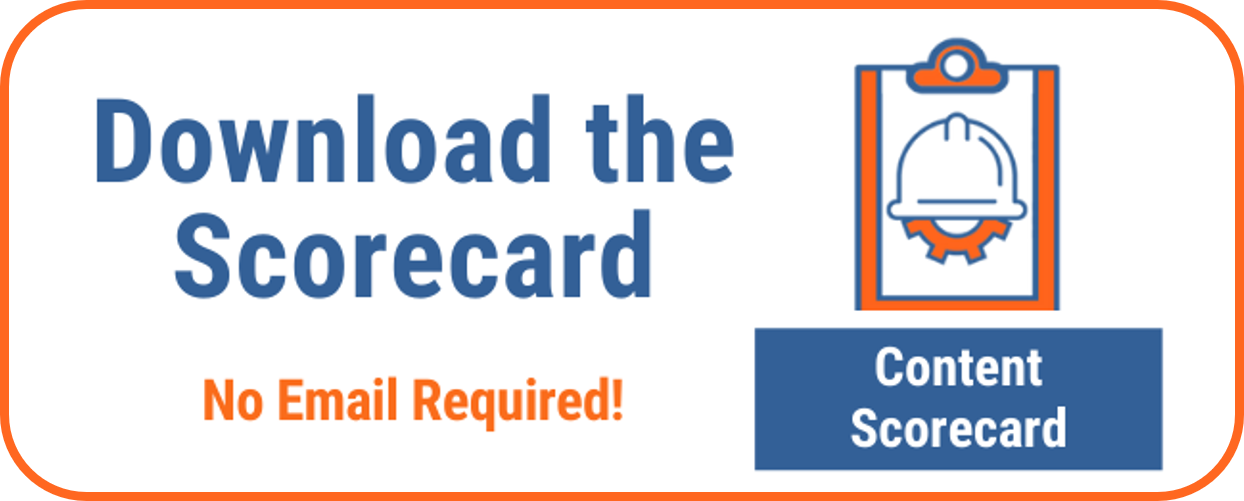LinkedIn has all the potential in the world for a small marketing department — particularly if you’re a B2B company. But too many marketers get hung up on a common LinkedIn dilemma. Here’s a streamlined strategy and some key tactical approaches from LinkedIn expert Wayne Breitbarth.
Recently I heard Wayne Breitbarth speak on the latest LinkedIn updates — and they have been sizeable. If you’ve seen Wayne speak, you know his enthusiasm for and knowledge of the world’s most powerful business social media site is a sight to behold.
I always walk away with my head swimming with ideas from Wayne’s presentations. But this one was especially enlightening for me because Wayne helped clarify the best strategic LinkedIn approach for a small marketing department — especially one that includes a sales force.
Me, myself and I: LinkedIn is all about individual pages
Start with this simple, critical fact about LinkedIn: it is comprised of individual pages and company pages. And the true power of LinkedIn is in those individual pages.
This is a business networking site. The idea is for individuals to connect with other individuals. With your own personal page, you can connect with other individuals, follow other individuals, and also follow their company pages.
If you are managing a company page, essentially all you can do is post content and hope it attracts followers. A big marketing department with a ton of resources will promote their company page and use it to gain followers.
Most small marketing departments don’t have those resources. And as they say, therein the problem lies. So let’s get to the solution, shall we?
12 recommendations for a small marketing department LinkedIn marketing strategy
Here are my recommendations for a small marketing team, with plenty of nuggets from Wayne to bolster my position. The most important tactic is the last one!
1. Rely on individuals to share content instead of building up your company page
My advice is to forget the company page (except for one specific aspect that we’ll get to) and train your sales and marketing team to share through individual networks.
There just aren’t enough hours in the day for your company page network to equal the personal network size that individuals can build. If you have six individuals with more than 1,000 connections apiece, that’s a potential network of 6,000 plus that might see your post.
2. Establish the goal of building your list
You want your team to build up their individual LinkedIn networks. They are going to own those contacts — there’s nothing you can do about it. LinkedIn is designed for individuals, so let’s move on to what your real organization focus should be.
All you want to accomplish with your company page is to get people to read your blog and subscribe to it so they’ll be notified when you post new content.
That’s your end game. As Wayne said during the presentation, “Get them on your list. It’s the one thing you own. LinkedIn owns everything else, so the sooner can you get someone from a social site to your email list, the better.”
3. Don’t worry about people leaving
Ok, so what happens if you’ve got a salesperson — a total LinkedIn animal who builds a huge network — who suddenly leaves the company. Now all the people who were reading your content through this person’s feed are gone, too.
It happens. But remember, your ultimate goal is the email list. You never owned that salesperson’s contacts anyway, nor will you ever. That’s not how LinkedIn is set up.
Besides, if you have a great salesperson who is using LinkedIn wisely and producing exceptional sales, chances are good that your company will do everything they can to retain that person. As a marketer, this is outside your realm of concern. (It’s not in your job description.)
4. Explain the win-win approach to management and your sales team
To use LinkedIn properly, you’re going to need buy-in from management to train the sales and marketing team to build their network. Here’s how:
First, this is a true win-win situation for your staff and for your company. They get to build their network; you get a no-cost distribution outlet.
Second, you have to explain to your management team not only the ultimate goal (list building, content distribution) for your LinkedIn strategy, but also how your sales team needs to evolve into a distribution point for marketing.
Within the Web-dominated sales process today, in which most people pre-qualify your company online, the traditional prospecting role of the sales team is shrinking. You need everyone to become a Sales Sherpa, as we’ve touched on in this post. That’s the only way they’ll remain relevant.
5. Help them build their profiles
Someone like Wayne can explain the recent changes to individual profiles and show you how to make the changes. However, determining what to say in those profiles will come back to you.
Here’s where you can work with your sales team to really tailor a specific message AND provide them with the writing chops necessary to write concisely.
The new LinkedIn design is meant to emulate your mobile phone, and the listing of information has become very concise.
I’m now writing my LinkedIn headlines for a phone view. My headline, for example, could be longer for desktop, but I wrote it so it wouldn’t exceed 87 characters. That way it looks good on a phone and a desktop, and my message isn’t getting hacked off. Take a look:
6. Train your team on a system for using LinkedIn
Build an enduring program around LinkedIn, in which you both train them how to use LinkedIn, and provide an ongoing framework on how to make it work.
Your staff will value the program if you make a real effort to help them learn about LinkedIn, and if you keep them informed about how their efforts are paying off. The smart ones will look upon it as an added employee benefit.
To create a productive structure for your approach to this platform, Wayne suggests these daily activities:
Daily Activities:
Check for Messaging and Notifications alerts
Notifications will include any activity among people in your network. This includes people who have liked your posts, taken on a new job, or are celebrating a birthday.
Messaging includes any direct messages to you.
Check your inbound invitations
Click on My Network to see who has accepted your invites. You can also see who has sent you an invite.
Check who’s viewed your profile
This is a great way to see who is checking you out, and it’s also one of the most viewed pages on LinkedIn. Just click on this option from your LinkedIn home page.
I would add a few weekly/monthly tasks to Wayne’s list:
- Daily – Share one article. Make it part of your morning routine — it shouldn’t take more than 15 minutes and it will help you increase your own knowledge. Do it first thing in the morning.
- Weekly – Preview and queue articles to read/share for the next week. To make your morning reading and sharing efficient, every Friday scan enough articles to create a reading list for the following week. Then you won’t be searching every morning. And you won’t burn yourself out reading during the weekend. Give your brain a rest!
- Whenever applicable – Share the latest company blog posts. You have to make this easy for folks, so email your whole team when you publish a new post. Include a pre-written blurb explaining the post, so they can easily add that when sharing. Also provide a trackable URL (more on that in a second).
Here’s more of Wayne’s Game Plan for Success with the framework for a LinkedIn system.
7. Set expectations through your sales team
Make sure your sales team understands how their role is changing with the evolution of online marketing. Let them know this is a work in progress, and assure them that helping you pilot the program out of the gates is the smart move (ask 2-3 to volunteer).
Run a pilot test, working carefully to show network growth and report back on individual sales leads and deals. You need to show ROI for this effort.
Once you have some data, you can set expectations for the ongoing effort so this doesn’t just seem like a pointless exercise.
8. Track your traffic
Use URL tracking with your content so you can see the benefit of involving your sales and marketing team in the outreach. Show how these personalized shares are driving quality traffic. (Contact us if you’d like a URL tracking worksheet!)
9. Keep updated on all the changes, but use an outside expert
I highly recommend hiring someone like Wayne to help with your LinkedIn program. He is very familiar with all the ongoing changes that occur with LI, including best uses.
Look for a consultant that can help train your sales team and other members of your organization. You can focus on the messaging and profile writing everyone will need, plus managing their outreach and activity.
You’ll also want to subscribe to an expert’s blog on the topic, so you receive regular notifications. Choose someone who publishes regularly, as you’ll know their goal is to always keep you informed. Here are a few posts from Wayne on the recent LinkedIn changes, for example.
Did the New LinkedIn Wreak Havoc on Your Profile?
Create a Targeted Prospect List on the New LinkedIn in 5 Minutes or Less
How to Capitalize on LinkedIn’s New Accomplishments Section
10. Incentivize them to grow their own network and share your content
You can reward the team that builds their LinkedIn network and then shares your company posts. Use a tool like GaggleAMP to track those people who share the most, and then provide them with incentives when they do.
11. Create a social media company policy (optional, but a dang good idea)
A company social media policy can be a pretty simple, straightforward document. If done correctly, you’ll be surprised at how it can liberate your team and get them eager to share content. We explain how to create your own social media company policy here.
12. THE MOST IMPORTANT POINT: Be a Go-Giver with your content
I saved the most important point for last, because everyone usually reads through an article like this and wonders, “Yeah, but I’ve seen all that before. How can I really make it work?”
The key to social media, heck, the key to sales, is to be a Go-Giver. Instead of pushing your own company, go out of your way to do a favor for someone else. I base that advice on the amazing book by Bob Burg and John David Mann, The Go-Giver, in which you give, give, give, and you definitely receive in the end.
For a great example of how this works, look at how I wrote a LinkedIn post thanking the authors, and then shared the title on my network. Bob and John were both appreciative and shared the post on their network, resulting in more “likes.” I also connected with some people from their network.
It’s got to be authentic, though, and this one was. I really feel like it changed my outlook on sales, social media and business in general. Read the book, then use the philosophy as you create your content. (More on The Go-Giver in an upcoming post, as I’ll be interviewing Bob Burg!)
How do you get started with the approach?
Baby steps, folks. I would recruit 2 to 3 top sales people, and then work with an outside consultant like Wayne to shape the goals of the program and determine the level of training you’ll need.
Setting the goals upfront gives everyone a clear-cut mission. It ultimately ties it back into ROI, which will make your CFO a happy camper.
Be careful with this. You need both your management and your sales team onboard and ready to work toward success. It can be a tremendous traffic source, and really help your entire team with personal branding.
Like anything, it all comes down to execution and sticking with the program. Rome wasn’t built in a day. But hey, if those emperors had had LinkedIn and a good strategy, they might have built it a lot faster.
Added bonus: Download Wayne’s LinkedIn Communication Template for a sample of how to connect with a new prospect.
Find out how your content and conversion ranks with our interactive version of the Content Scorecard you can fill in yourself – no email required for download.
